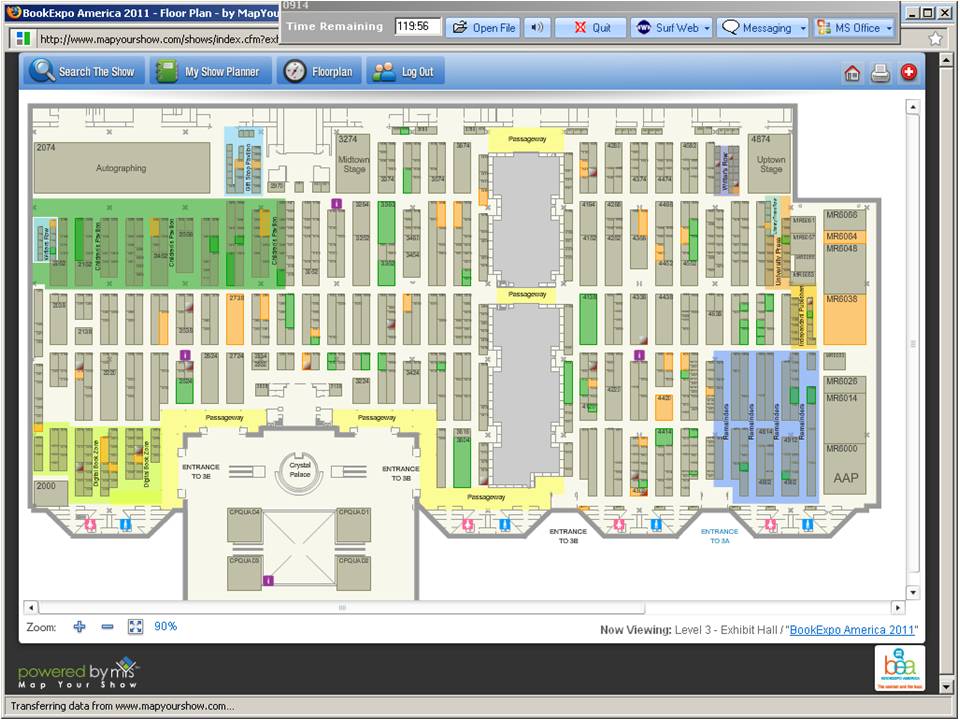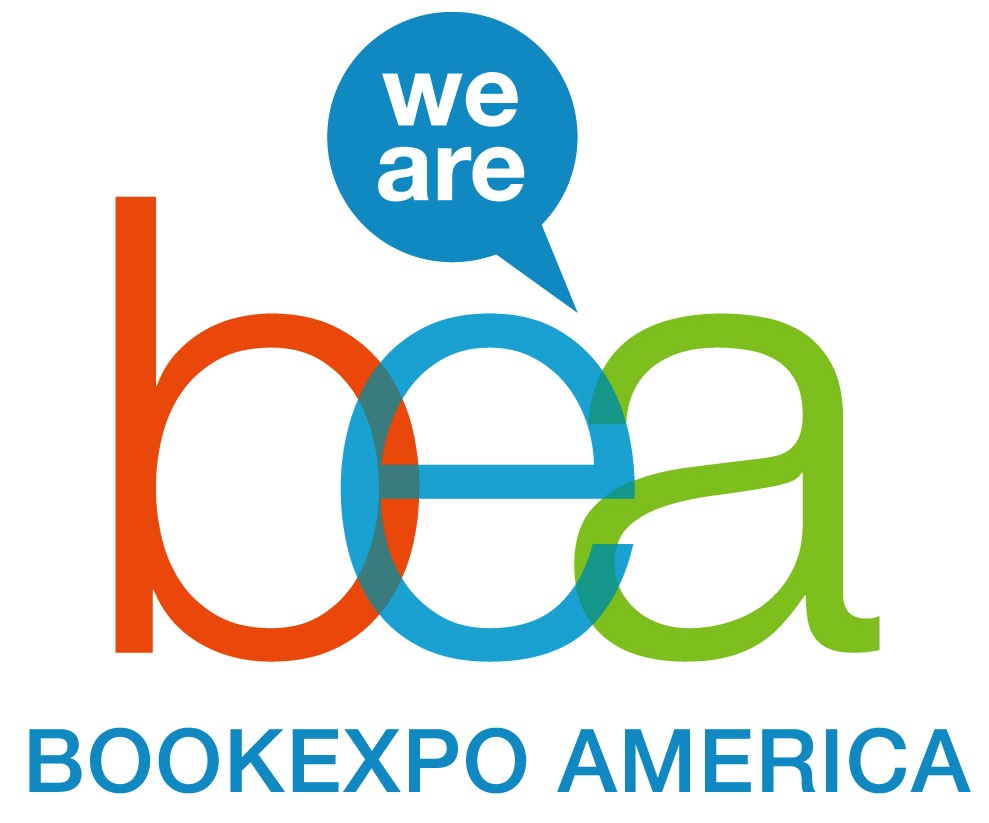.

So, following in the grand tradition of industry analysts and bloggers (beware the Camel’s nose!), I will give you my opinions at what I experienced this year.
The biggest zeitgeist? E-books and digital content. BEA had a sizable section of the exhibition floor dedicated to e-readers, e-books, and all sorts of electronic devices. Google Books celebrated seven years of existence in a large booth amongst the regular publishers, and Amazon, in an interesting twist, announced they would start publishing actual books!
In the glory days of BookExpo, the exhibition floor would occupy both the upper level of Javits, as well as Halls B and C on the lower level (where small press and children’s publishers could be found). Now, in the new economy, everything has shrunk to fit entirely on the third floor of the convention center, with major publishers shrinking their public booths and expanding their “showrooms” accessible only by invite or appointment. So, what was placed in those empty halls downstairs? Blog World and New Media Expo NY. And the attendee shipping center. So, as publishers and bibliophiles worry if paper books will exist ten years from now, electronic publishing was downstairs in the parent’s basement, having fun while the adults upstairs had a nice quiet dinner party. (I would have snuck down, but BEA did a horrible job of letting BEA attendees know that their badges got them into Blog World.)
Here’s the map of the third floor exhibition space (where NYCC is held in October). (Click to enlarge.) On the far right, the “MR” booths are meeting rooms, private little clubrooms where the major publishers held their meetings away from the hoi polloi swarming the floor (no, I’m not bitter… if they want to hide their upcoming catalogs from show attendees, that’s their perogotive… besides, there’s lots of other stuff I can spend my money on). On that map, you can see the various pavilions (childrens, remainders, gift shop…) showcasing specific markets.
Most noticeable… no graphic novel pavilion. That actually vanished a few years ago, once DC moved their distribution to Random House, and Random House minimized their public presence. That pavilion was always anchored by Diamond Book Distributors, but as publishers found the cost of exhibiting too exorbitant, their footprint shrunk. (On the map, they are in the 4840 aisle.) More significant, due to the success of the graphic novel market, many comics publishers were able to sign distribution agreements with established bookstore distributors, moving them elsewhere on the sales floor.
Of course, book publishers are attuned to any successful trend, and noticed the popularity of graphic novels and manga years ago. Many major publishers, such as Abrams, Scholastic, and Macmillan have created specific imprints to showcase their titles. Other publishers, presented with titles of merit, have added graphic novels to their catalogs, as the public and booksellers are familiar with the medium. Book distributors are willing to add graphic novel publishers to their client lists, and one prominent graphic novel publisher announced a new distribution deal at the show. (This is not a new development… Publishers Group West distributed Viz and Marvel back in the 1980s.)
Take a closer look at that map above. See the green boxes? Those are companies who were either tagged in the “graphic novel” subject listing on the BEA website, or who showcased a significant selection of graphic novels. (I have ignored those companies which might have the occasional graphic novel book on display, so this map is conservative.) That’s an amazing scattering of publishers, especially among the juvenile and overstock zones.
Of note: the remainder pavilion. While there have always been remainder and overstock companies who have sold graphic novels and comic strip collections, this year I noticed quite a few featuring graphic novels. Some of the titles were established comics publishers like Fantagraphics, while others were from the mainstream presses. Are overstocks new to the graphic novel market? No, in the past they usually were sold by Bud Plant. Now, due to bookstore demand and acceptance of the general marketplace, there is a larger market for graphic novels in bookstores. (I’ve seen graphic novel remainders merchandised in Barnes & Noble stores, for example.) I’ve never attended the CIROBE show in Chicago, and wonder how comics and graphic novels have matured at that show?
So this year we see the market maturing, in a variety of areas. Comics publishers are expanding their titles to appeal to the mass market (Dark Horse’s Green River Killer GN, for example). Regular publishers offer dedicated lines of graphic novels as comics become mainstreamed off the short bus of spinner racks and Android Dungeons. The future remains unclear for publishing, just as it always has, but I remain hopeful, having seen the evolution of this wonderful medium in the past decade.








Great piece, Torsten.
Comments are closed.